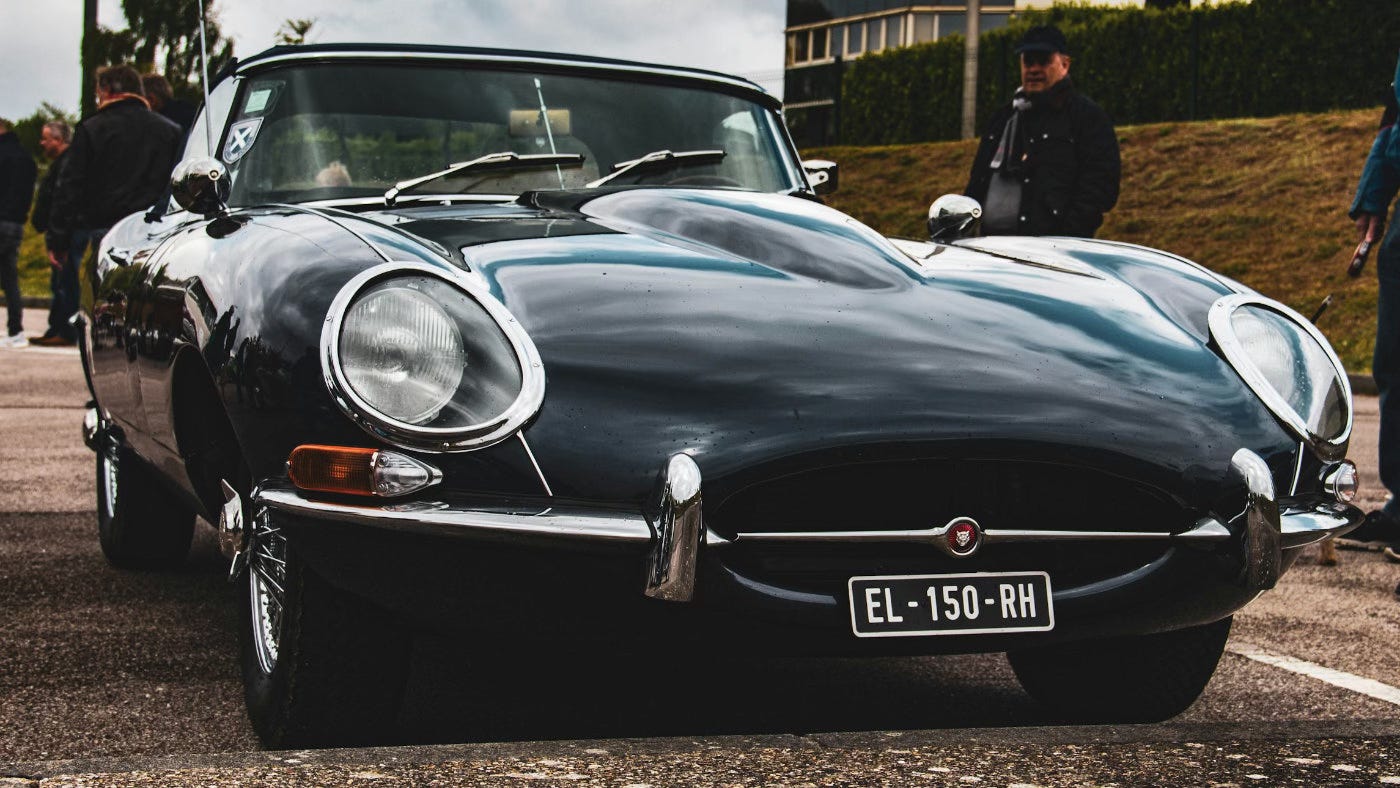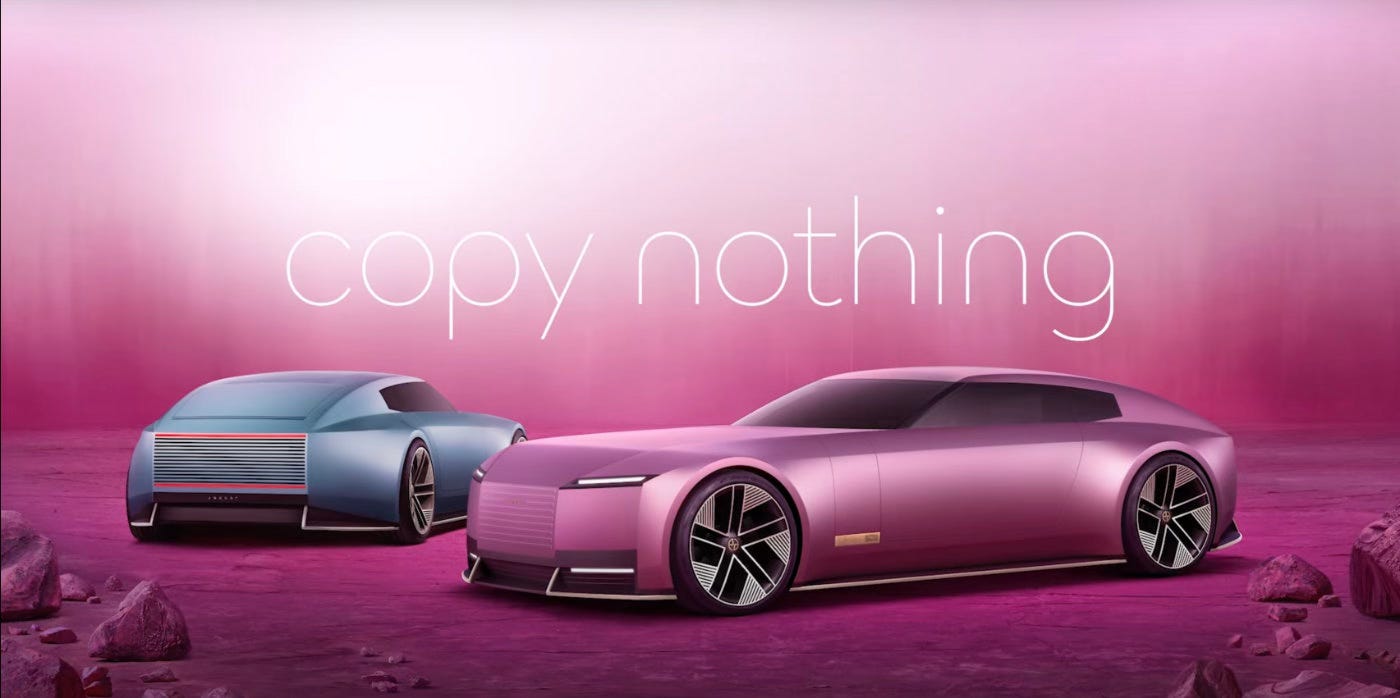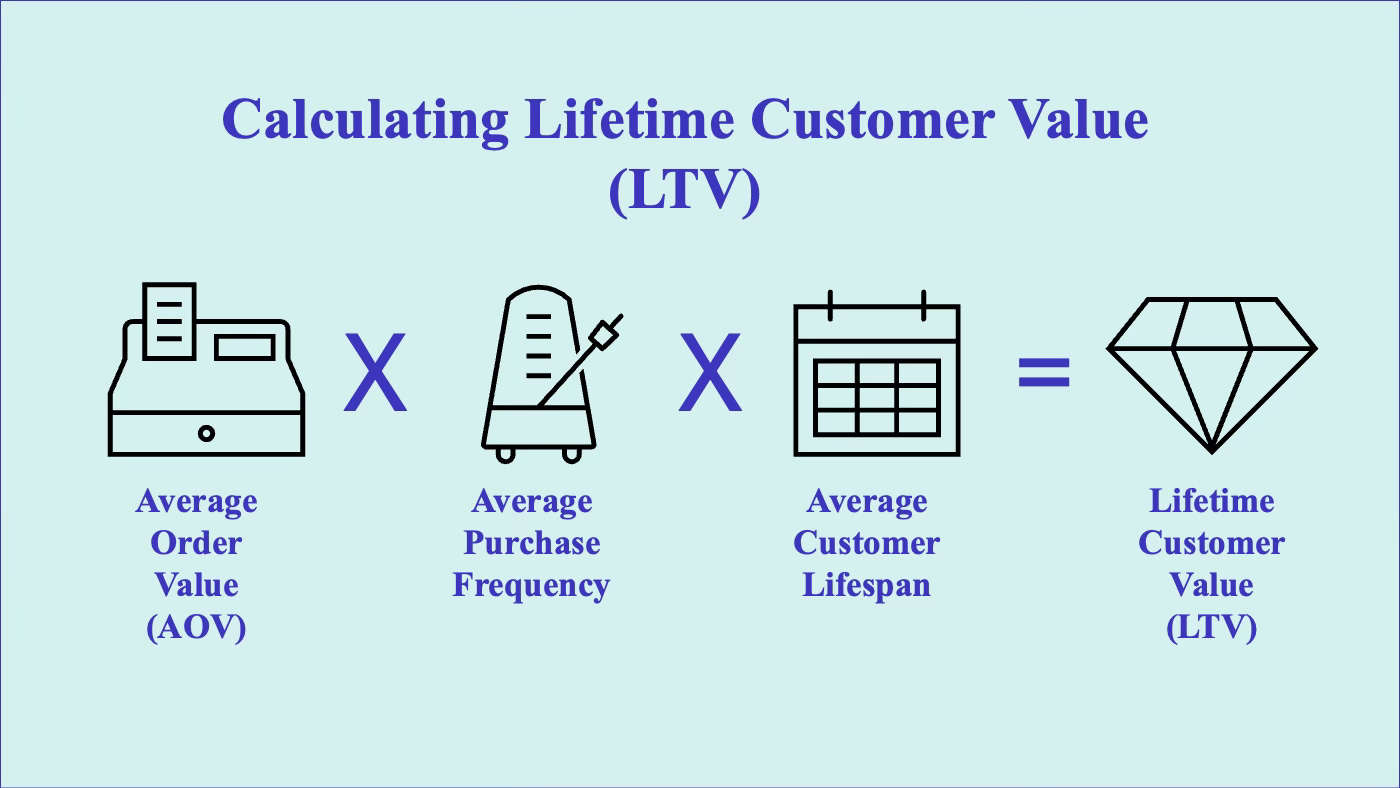How Ignoring Customer Habits Killed a Luxury Empire
The dangers of “innovative” strategy and branding changes

In luxury retail, there's an unwritten rule:
Never mess with customer habits.
I saw this rule get broken in spectacular fashion as I watched the collapse of a $500 million luxury brand empire.
All because of a misguided attempt to shift to a “visionary, cutting-edge” design strategy.
I once knew a senior executive at a global luxury powerhouse that dominated its upscale market niche.
What they did differently wasn't revolutionary – yet even they didn’t realize how important it was to their astounding early success.
Picture this:
Every day, this top executive wasn't hiding in a boardroom.
They were on the floor in stores across the world.
Listening.
Learning.
Selling.
Connecting with and deepening their customer knowledge.
Customer Compassion
Through this regular customer contact, they didn’t just learn about what people bought but why they bought it, what customer needs their product fulfilled:
Their dreams.
Their aspirations.
Their definition of luxury.
And they turned that understanding into designing and consistently delivering a beautiful, high-quality product line that fulfilled those dreams and desires.
Developing Habits
What this executive understood better than anyone else in the organization was that these weren’t sales, these were engagement moments in building relationships and habits.
Every spring, the company’s elite clientele refreshed the interiors of their multiple homes with new seasonal designs. But above all else, there were two designs every customer loved and continued coming back to more than any other. They consistently bought one or the other, or both in the appropriate color palettes to redecorate their homes.
This led to an astronomical “Customer Lifetime Value” (LTV).
Expanding & deepening
And this company’s clientele included a “who’s who” of everyone, from Hollywood’s elite, to music superstars, to European nobility and leaders from the worlds of business and finance
Like clockwork, these clients developed the habit of regularly ordering these two designs and shopping for more.
And organically expanded into related areas and an image of beauty, luxury, and home design.
This executive also developed strategic partnerships with a wide range of leading interior decorators and designers, who would buy the products for their top clients.
Spectacular growth
The results? Magic.
Double-digit growth, year over year, became the norm, raking in first tens, then hundreds of millions of dollars of yearly sales.
Their stores opened alongside Gucci, Fendi, and Prada, across every exclusive luxury market.
They didn't just lead their category– they defined and dominated it for over 25 years.
But like many great organizations, they got distracted and lost sight of what made them great in the first place.
The “visionary” leadership change
Then came the pivot that changed everything.
A new design leader arrived and took over the brand’s creative direction, armed with "bold visions" and grand plans to "modernize" the brand. They were convinced that the brand could do no wrong, and was in need of a “refresh.”
Their philosophy? (I’ll never forget these words):
"Forget what has gone before. Forget what customers bought in the past. From now on, customers will buy what we tell them to buy."
(Yes, this was an exact quote from the new design leader during an all-hands company meeting.)
The ivory tower
Even more importantly, this leader never left the executive suite.
And they never went into a store, at least while customers were there.
They never interacted with, sold to, or even spoke to a single customer.
What happened next was painful to watch...
That sinking feeling
You can probably tell where this is going.
Trust me, it was worse watching it happen like a slow-motion car crash you couldn’t look away from.
I’ll never forget one client’s face – someone who had spent probably $80,000 over the previous 2-3 years as she incredulously realized she couldn’t replace her favorite styles.
“You mean you no longer stock that in that size and color? But I’ve built my entire beach home around that design.”
And that was the last time we ever saw her.
Within months of debuting the new line, loyal customers who had spent decades regularly buying tens of thousands of dollars of product every year… suddenly had their habits disrupted, as they order the styles and colors they wanted, needed, and expected.
And so, one by one, these customers simply... vanished, never to return.
Store traffic dried up.
Sales collapsed.
The end of an era
Within a couple of years, stores began closing.
And then, finally, the brand that once defined its luxury niche was sold for pennies on the dollar.
A multi-hundred-million-dollar luxury brand empire, built on deep customer understanding and years of reliably serving customer needs, crumbled because new leadership at the top decided the brand itself was more important than the customer habits it had worked so hard to develop.
Utter, senseless, avoidable business strategy, design, and branding malpractice.
Your brand isn’t about your brilliance
Brand loyalty is about consistently delivering something customers become used to buying from you.
Never about the “sophistication” or “pedigree” of your brand.
Great products are born and sustained through customer understanding and habit formation.
Messing with your brand and “innovating” for the sake of innovation without customer insight is the riskiest form of gambling your business could engage in.
Jaguar’s disastrous pivot
Along the same lines of the luxury brand collapse I shared above, Jaguar may soon experience something similar due to their recent reboot, ending a storied tradition and doing away with their logo and branding.
What we’ve come to associate with the Jaguar brand:

Compare this to who they’re appealing to now with the latest Jaguar rebrand:

While their user base wasn’t necessarily growing, Jaguar has needlessly thrown away a hundred years of customer habits and resulting brand loyalty, alienating their most loyal clientele.
Takeaways
Customer habits, loyalty, and obsession are built carefully over years – and they’re worth millions to your company.
The deadliest words for any successful business?
"It’s time to “refresh” our brand.”
If you don’t stay close to your users, and understand the incredible power of habit as the true foundation of customer loyalty and success, you’re choosing to risk it all.
The only way to build that trust and those habits that form the foundation of a sustainable brand is to stay closely connected to your customers, understand their wants and needs, and weave that understanding into every part of your business.
Now, when I travel to the streets of Paris, Rome, or New York that used to feature their stores, the design leader’s words echo once again:
“Customers will buy what we tell them to buy.”
It turns out that when you betray their trust, customers will decide on a different future that doesn’t include your company.





Good insight 😌 Can i translate part of this article into Spanish with links to you and a description of your newsletter?
Unfortunately it's a risk and sometimes it pays off but there times that it definitely does not.